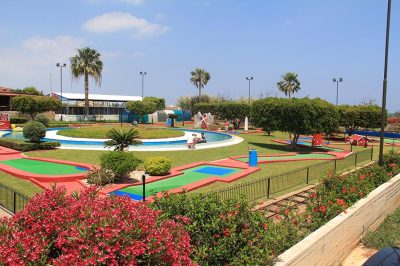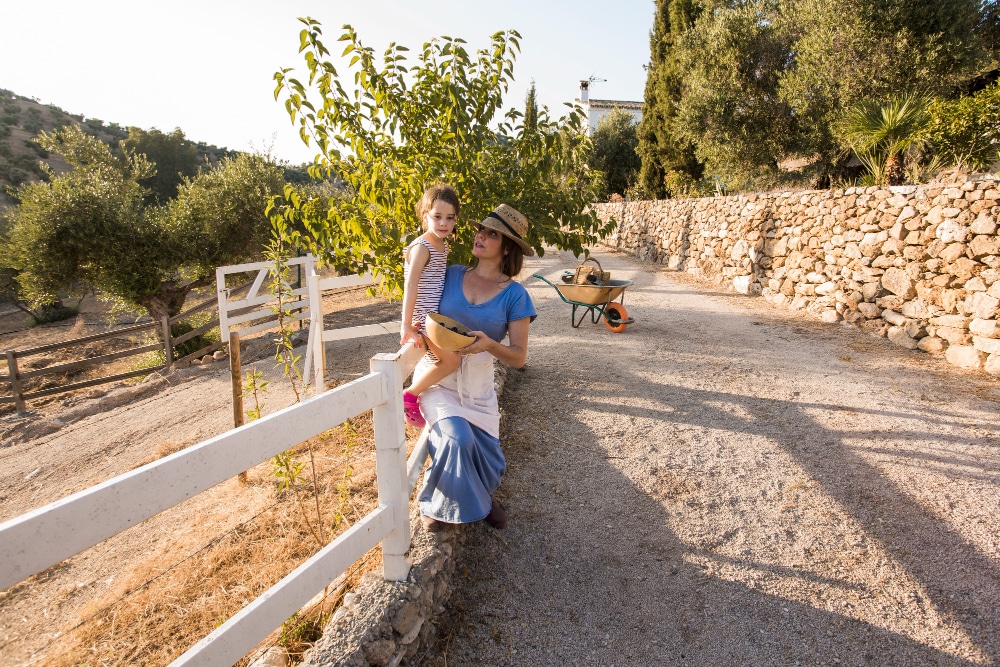Paphos Castle, standing proudly at the edge of Kato Paphos Harbour, is a remarkable testament to Cyprus’s layered history. Originally constructed during the Byzantine period, this fortress has weathered centuries of transformations, each era leaving its unique mark on the structure.
A Rich History Through the Ages
The castle’s origins trace back to the Byzantine Empire, where it was first established as a defensive structure to protect the vital Paphos Harbour. However, it was in the 13th century, under the rule of the Lusignans, that the castle was rebuilt to replace an earlier fortress, Saranta Kolones, which had been destroyed by an earthquake. The Lusignans’ version of Paphos Castle was a formidable structure, designed with the strategic importance of safeguarding the island against potential invaders in mind.
The Venetians later dismantled the castle in the 16th century to prevent it from falling into Ottoman hands. Yet, the Ottomans, recognizing the fortress’s strategic value, rebuilt it in 1592. Their reconstruction gave the castle much of its present appearance, blending Byzantine foundations with their distinctive Ottoman architectural style. An inscription above the main entrance still bears witness to this restoration.
Exploring the Castle Today
Today, visitors can explore the remnants of this once-mighty fortress, which include a large square tower with an enclosed courtyard. The ground floor reveals a central hall flanked by small rooms that once served as prison cells during the Ottoman rule. Ascend to the rooftop, and you’ll find 12 battlements that once housed cannons, though these were removed when the British took over the administration of Cyprus in 1878. The British later repurposed the castle as a salt storehouse, a function it maintained until 1935 when it was declared an Ancient Monument.
Interesting Facts About Paphos Castle
- Mid-13th Century Origins: The castle as it stands today began taking shape in the mid-1200s under the Lusignans, using robust limestone blocks.
- Singular Entrance: Paphos Castle has only one entrance, a design choice that emphasizes security, making it a formidable fortress in its time.
- 12 Cannons: Historically, the castle featured 12 battlements, each equipped with a cannon. These were removed and sent to Turkey when the British took control.
- Operatic Backdrop: Since 1999, Paphos Castle has served as the stunning backdrop for operatic performances during the annual Paphos Aphrodite Festival in September.
- UNESCO Heritage Site: The castle, alongside other historical sites in Paphos, has been recognized by UNESCO for its cultural significance.
Visiting Paphos Castle
Located conveniently at the harbour, Paphos Castle is a must-see for history enthusiasts and casual visitors alike. Its cool interior offers a respite from the midday sun, while the rooftop battlements provide a panoramic view of the harbour—a perfect spot for reflection on the layers of history that this fortress has witnessed.
Opening Hours:
- Mid-April–Mid-September: Daily, 8:30 AM – 7:30 PM
- Mid-September–Mid-April: Daily, 8:30 AM – 5:00 PM
Whether you’re taking a relaxing stroll around the castle or attending one of the operatic performances, Paphos Castle offers a fascinating glimpse into the island’s past, all within the tranquil setting of its picturesque harbour.
Paphos Castle Directions
For directions to Paphos Castle, please follow this Google Maps link.
Frequently asked questions
Is Paphos Castle free to visit?
No, there is a small entrance fee of €2.50 to visit Paphos Castle. Keep in mind that opening times and entrance fees might change, so it’s a good idea to check ahead before your visit.
What was Paphos Castle used for?
Paphos Castle was originally constructed as a Byzantine fort to safeguard the harbour. It was rebuilt by the Lusignans in the 13th century and later dismantled by the Venetians, only to be reconstructed again by the Ottomans in the 16th century.
Where is the Paphos Strip?
The Paphos Strip is located along Agiou Antoniou Street, famous for its lively nightlife. This street, also known locally as ‘Bar Street’ or ‘Nightlife Street,’ is packed with bars and entertainment venues.
Does Paphos have an old town?
Yes, Paphos Old Town, also known as Ktima, is rich in culture, history, and architecture. It’s a captivating part of the city that showcases traditional Cypriot charm and offers a glimpse into the past.
What is the history of Paphos Castle?
Paphos Castle has a storied past, starting as a Byzantine fort, which was later rebuilt by the Lusignans in the 13th century, dismantled by the Venetians, and then reconstructed by the Ottomans in the 16th century.
Why was Paphos Castle built?
Paphos Castle was built to defend the harbour from potential invaders, serving as a critical military stronghold for the area.
What can you see at Paphos Castle?
At Paphos Castle, visitors can explore the square tower, the enclosed courtyard, former prison cells, and the rooftop battlements that offer panoramic views of the harbour.
Are there any events held at Paphos Castle?
Yes, the castle hosts the annual Paphos Aphrodite Festival every September, featuring operatic performances against the backdrop of this historic site.
Is Paphos Castle part of a UNESCO site?
Indeed, Paphos Castle is part of the UNESCO World Heritage Site, recognized for its rich historical and cultural value.
Can you enter Paphos Castle?
Yes, the castle is accessible to the public through its main entrance, allowing visitors to explore its historic interior.
What are the opening hours of Paphos Castle?
Paphos Castle is open daily, with extended hours during the summer months from mid-April to mid-September.
What was the castle used for under British rule?
During British rule, Paphos Castle was repurposed as a salt storehouse until the year 1935.
How many cannons were originally at Paphos Castle?
Originally, there were 12 cannons installed along the battlements of Paphos Castle, though they were later removed by the British.
Is there a special time to visit Paphos Castle?
A visit during the Paphos Aphrodite Festival in September is particularly special, as the castle becomes the stunning venue for operatic performances.






